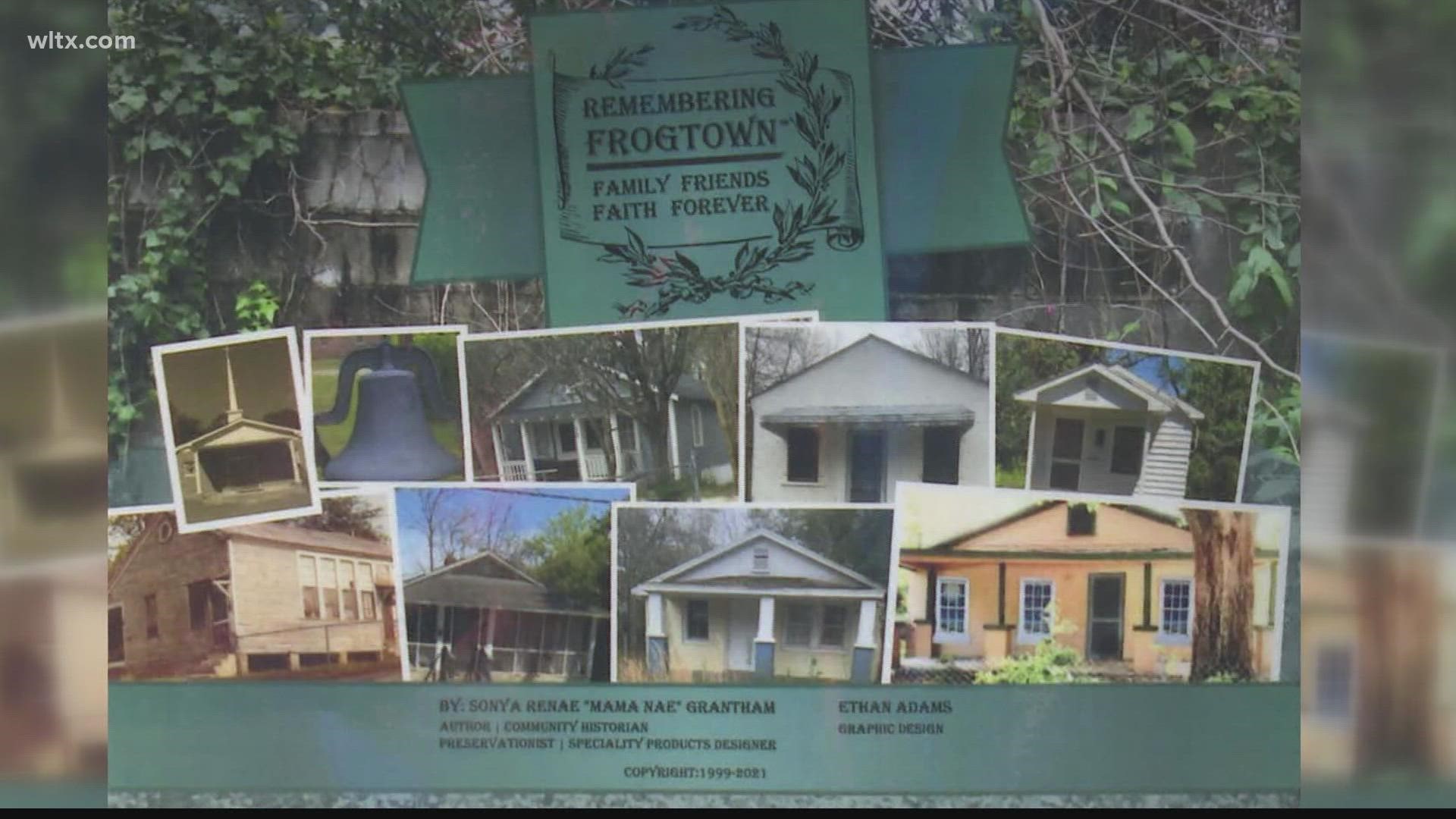COLUMBIA, S.C. — Columbia is rich in history. It is the state capital, but it’s also home to several familiar neighborhoods. like Shandon, Forest Acres and Heathwood, just to name a few.
There’s another local community that hasn’t received as much fanfare, but is equally important to our history. It’s a small area, just two streets, but in the early 20th century it was a thriving predominantly Black community, affectionately known as Frogtown.
“What comes to mind when you hear the word Frogtown, some people may say, you're thinking about a pool of frogs, but that's total fiction,” Sonya Hodges-Grantham said. “This is a community that was founded on faith, family and love, and togetherness. And we still hold that bond."

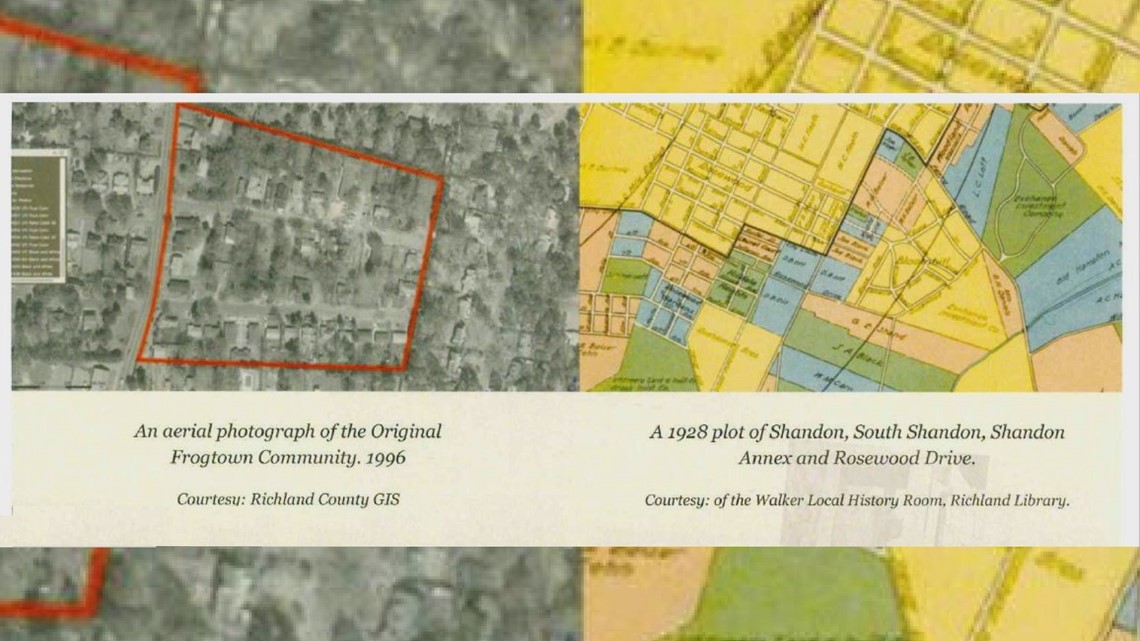
Sonya Hodges-Grantham is a walking wealth of information that's now being used to tell the stories of Columbia’s Frogtown.
"This community has a rich history long before the programs of affirmative action,” Hodges-Grantham said. “We had educators, we had barbers, we had seamstresses, we had nurses. We just were a self-contained community with small business owners. We had everything except for a hospital."
Grantham grew up in this small community, which consists of only two streets -- Monroe and Heyward, just off of Kilbourne Road.

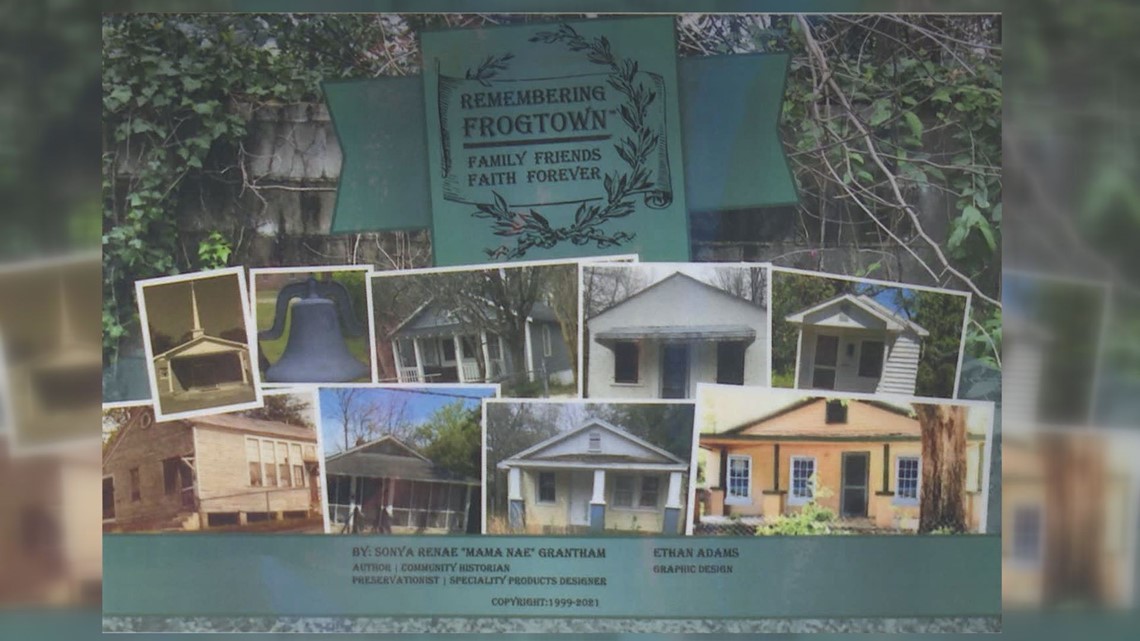
"If anything happens, if we lose a loved one in the community or even move away, we come together and we are together,” Hodges-Grantham said.
"When you're looking at neighborhoods such as Columbia, as the state Capitol evolved, it actually by the mid-20th century had become a far more segregated city than it had ever been before,” said John Sherrer, Director of Cultural Resources with Historic Columbia. He’s been working to gather details about Frogtown, history he’s hoping can be preserved.
"Clearly, it's part of this larger neighborhood, when you look how Shandon grew over time, and it's very close to Rosewood,” Sherrer said. “I just started digging and really, the earliest reference that I found in either the Columbia Record or The State Newspaper was in the 1930s and 40s.”

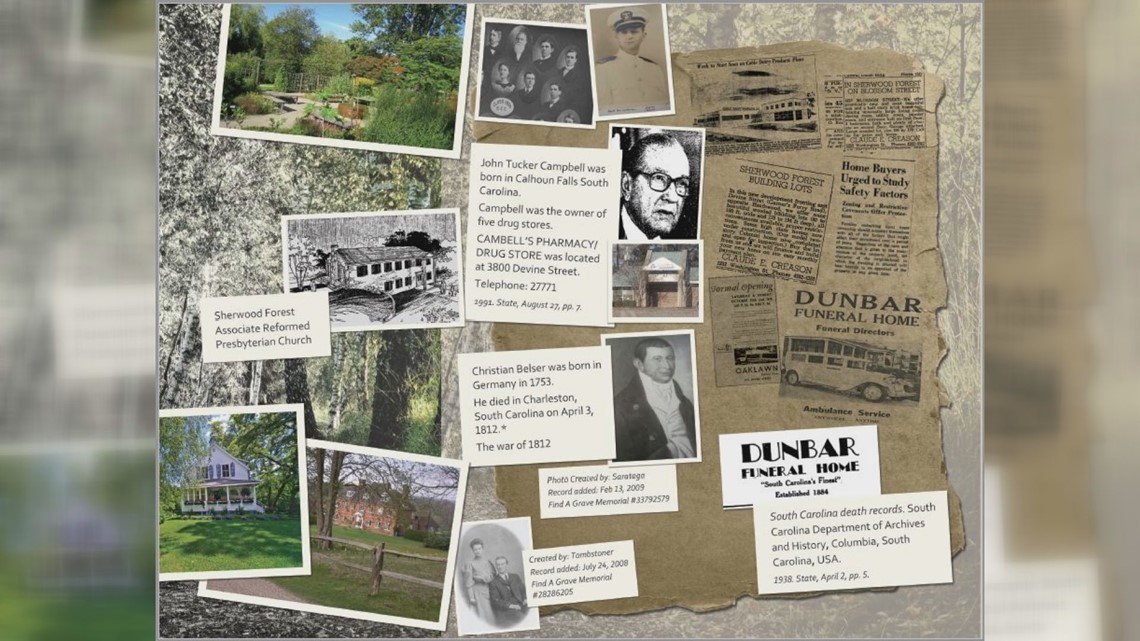
Born in 1940, Evelyn Reese Cannon was one of the original residents of Frogtown.
As one of 10 children, she remembers attending the Old Milford School before it closed in 1949, and still remains a member of what is now New Shiloh Baptist church, which sits in the center of the community.
"We had a wooden church that my dad, my uncles, my granddad, and the men in the neighborhood built,” Cannon said. “That was the first church, and that was before I was born."

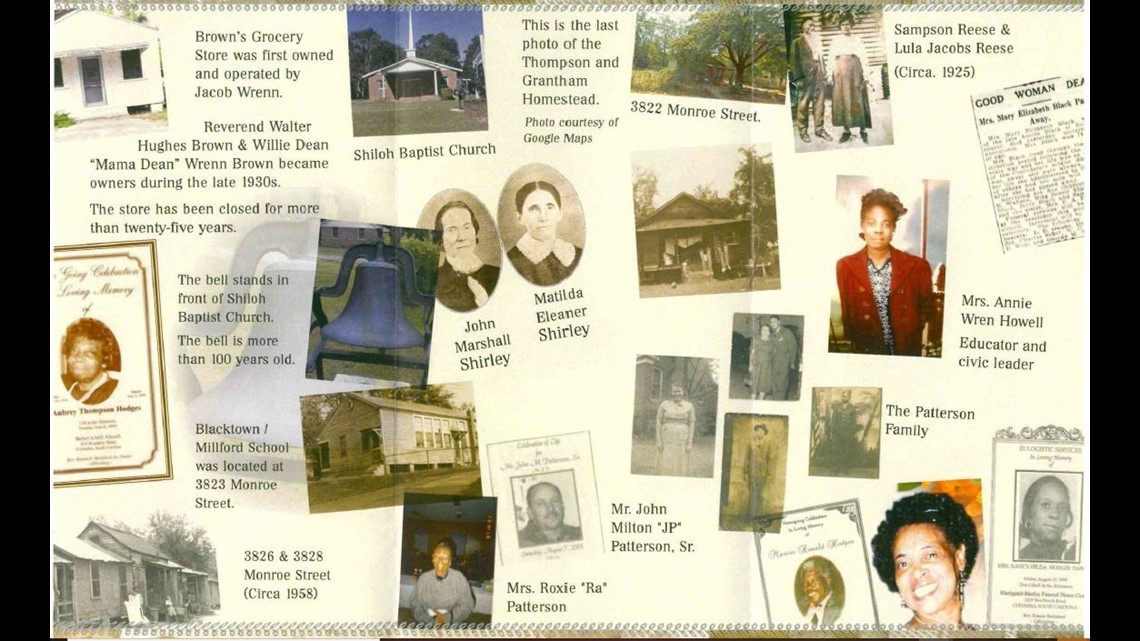
Part of Frogtown’s history includes a cement wall, which was built during a divisive time in our nation’s history.
"This wall was put here to divide us because they did not want the exclusive homes to be a part of a neighborhood that was called substandard for living,” Grantham said.
According to Grantham, the wall separated the dozens of Frogtown residents from their white neighbors.
“I don't know who he was that sold the property on the other side of the wall, but they wanted to build a fence for them, but we couldn't say anything about it,” Cannon said. “When they put the wall up, it was fine. It just cut us out from doing a shortcut, going wherever we were going."
Portions of the wall still remain, but without hearing the stories or knowing the history, you miss its significance.

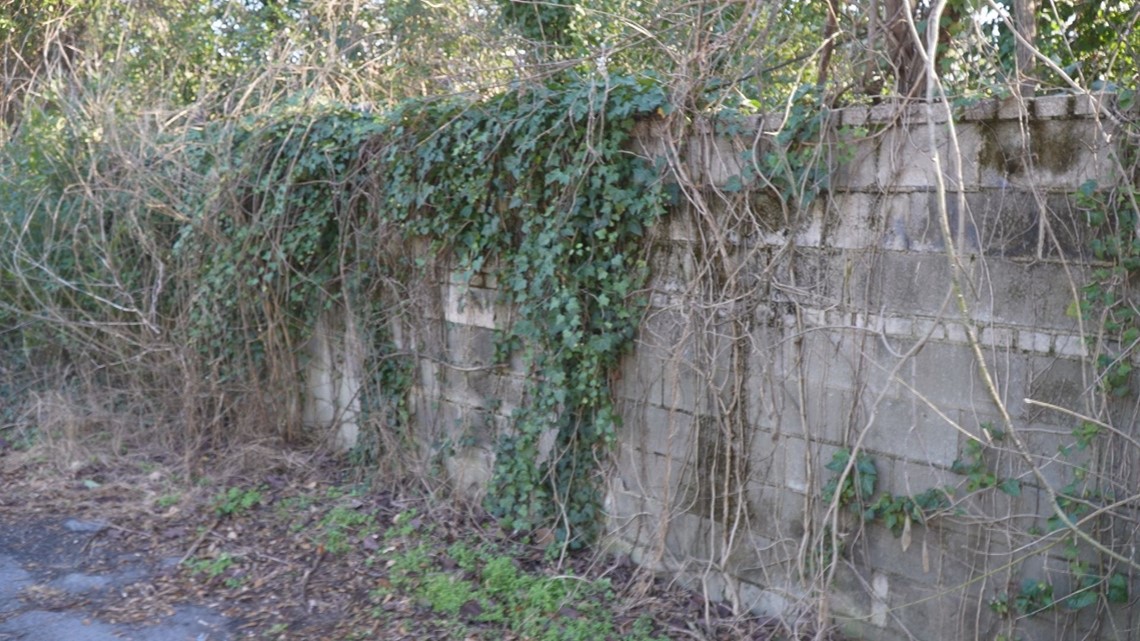
"It's in those tangible links that we have kind of a touchstone to a time that may be familiar to many, but may be totally foreign to others,” Sherrer said.
There are many more stories to be told about what happened in Frogtown, but how did it get its name?
At 81, Cannon says, as a child, when she asked her uncle, one of the founders, "He told us that, and I don't know if it was true or not, but he said that when it rains, it rained baby frogs.”
A celebration for Columbia’s Frogtown is planned for July 4.
According to organizers, a plaque will be placed on the wall to honor the community’s rich history.
Both women say the wall should remain, because it helps tell the story of Frogtown.

